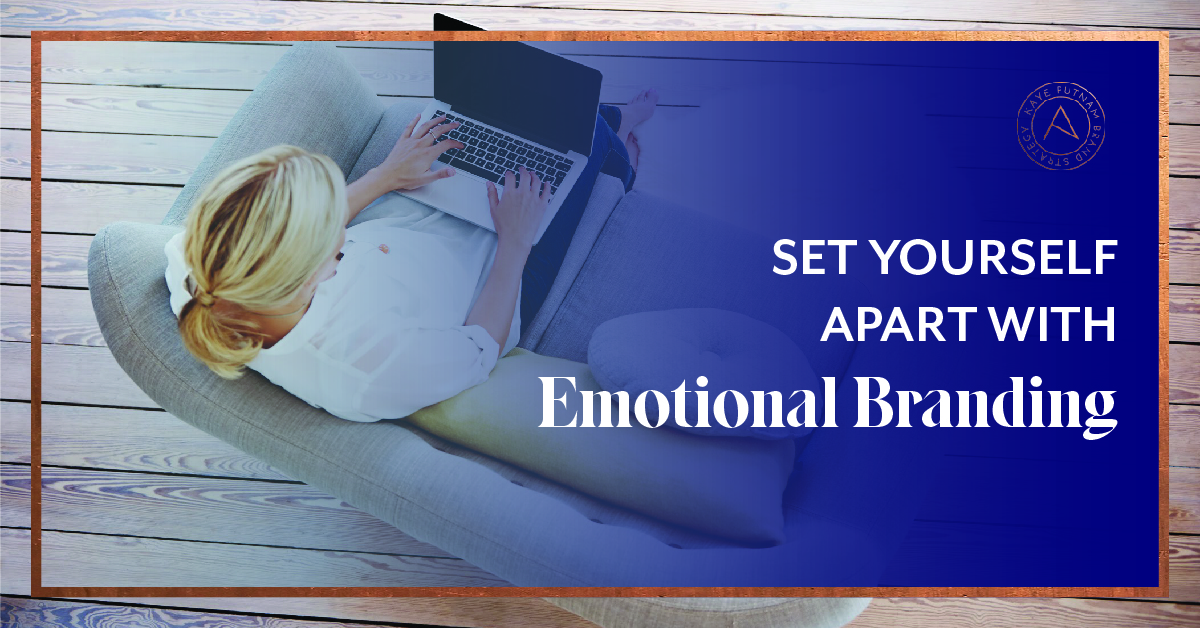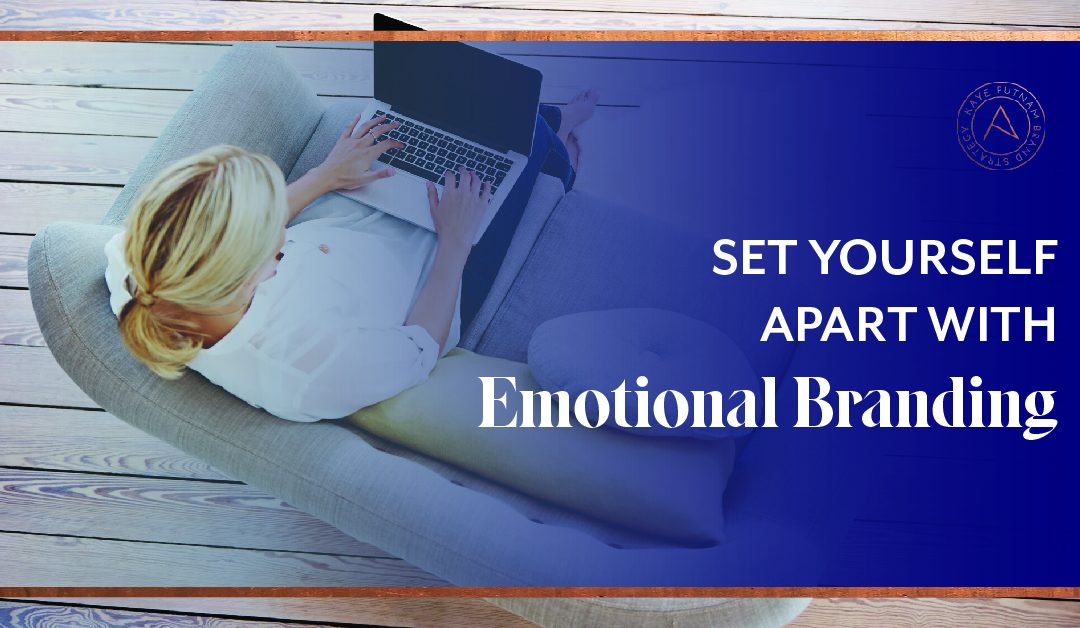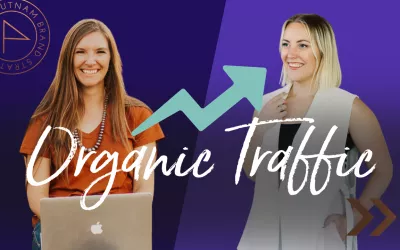Think of a unique food… Or really any unique product…Now search for it on Amazon.
How many results do you get?
I have been making more conscientious decisions about healthy eating in the last couple years. (If you’ve been following me for awhile, you know that I’m into lifting *allll the heavy weights*… but I also love Italian wine… it’s all about balance right? 😉
So recently, I was browsing on Amazon for some Green Superfood Powder. (Am I weird for actually thinking this stuff is *delicious* mixed with some apple juice?!) So I typed “Green Powder” into the search bar and low and behold…thousands of results came back. Different varieties, flavors, nutrients, and brands.
The choices were endless! And this was for ONE weird healthy supplement in the market.
My point? In today’s economy, we have a myriad choices as consumers. Does that sound like an understatement? Let me rephrase…

➡️ Consumers these days have an infinite amount of products and services to choose from.
So how do you stand out among the thousands of similar brands… all offering something similar to what you offer?
The answers:
Personality.
Psychology.
Emotion.
You can make *your brand* the obvious choice… the FIRST choice… even the ONLY choice in your audience’s mind.
To do this, it’s essential you incorporate emotion into your marketing messages. (Multibillion dollar brands have been expertly infusing emotions into their messaging for decades. It’s time you do the same!)
Read on to learn *exactly how* to add more emotion to your brand strategy. (🎥 Alternatively, you can watch the YouTube video. Your choice. How do you like to learn?)
Big Brand Examples
Do you remember Coke’s ad campaign, “Share a Coke, Share a Feeling”? What about their “Open Happiness” campaign?
The thing is, Coke is really just caramel-colored, high fructose corn syrup-flavored carbonated water. But, the messages in these campaigns went far deeper than simply telling us what Coke is. They connected the product to joy and happiness – and this resulted in an even larger market share than what they already commanded.
Even IF their audience were to prefer a different cola brand in blind taste tests, many would still pick – and purchase – Coca-Cola. Why? Because of the emotions Coke stirs in its audience. This brand was able to increase its market presence JUST by tapping into emotions over logic.
These emotional reactions stay in our minds even when they’re not positive. Always Feminine Products successfully evoked strong, negative emotions with its “Like a Girl” campaign. They produced a video in which girls and boys of different ages were asked what it’s like to “run like a girl,” throw like a girl, etc. Respondents acted silly, demonstrated bad form, and acted out being afraid how they looked – because doing physical activities “like a girl” was a negative. (Grrrrrrr….) This was a reality check for this brand’s audience and it sparked a negative realization of how children view abilities of males vs. females.
It’s the emotional response – bad or good – to those campaigns that make them memorable.
If you talk only about your brand’s benefits and features without attaching it to larger human emotions, you miss out on a massive opportunity to connect with your ideal clients…and to become their SINGULAR CHOICE.
Pin for reference or to read later!

^^^ Pin for reference or to read later! ^^^
Emotions Defined
Robert Plotchnik, a psychology professor at the University of South Florida, identified eight primary human emotional reactions:
Fear, Anger, Sadness, Joy, Disgust, Surprise, Trust and Anticipation.
Think about connecting your brand to one of these eight basic, human emotions to create a deeper, more resonant message. There are several ways to do this:
1. Choose the Emotion – Then Reverse Engineer It.
This one may seem simple, but it’s very effective. Instead of writing marketing messages by chance, reverse engineer your content creation. First, decide which of these eight emotions you want to evoke among your audience. Identify the reaction you want from people – whether the end result is to instill confidence or some other goal. Then think of ways you can evoke that emotion. Create by working backward from your goal.
2. The Problem-Solution Framework
Another strong tactic for adding more emotion to your branding is by applying more real-life situations that your potential clients likely encounter. This could be something they experience every day – or a turning point in their lives that they’ll never forget. Pick experiences that elicit one of the eight basic emotions and shape your messaging to demonstrate how your brand helps.
Perhaps you’re in the weight loss or preventative healthcare industry. Your potential customer often struggles with recent weight gain or a newly encountered health alert. Consider that person’s angst or frustration and position your brand as the solution. Using these universal human experiences creates immensely powerful emotional responses in your audience.
Once you’ve pinpointed your market segment, focus your message to tap into that emotion or inner conflict – the one your brand can resolve. Show your prospect hope. Demonstrate for him or her that, “This is the transformation you’ll achieve when you use our product or service.”
(This should go without saying, but I will still note it here: Only use this setup ethically. Never, ever, ever set up your product or service as the solution to an emotion unless you can deliver. Long term wins and successful brands are ALWAYS based on transparent, honest, and ethical marketing plans.)
3. Use More Images.
A highly-effective way to add emotion is to add more visuals. Human brains are quite amazing. They experience and process all sorts of reactions when exposed to images. If you show images of the miraculous results your clients get after working with you — enviable bodies, fulfilling careers, deep, happy relationships…whatever your product or industry delivers — they naturally assign their own stories to those images.
4. Describe the Future.
This one is related to the Problem-Solution Framework, but it takes it a step further. Set the scene of the ideal future state. Talk about the ideal future your client is going to “live” in. What does life look like after purchasing your product or working with you 1-on-1? What is the utopia you’re offering your clients or customers? When you paint the future in specific visual terms, it’s highly motivating.
5. Overcome Limiting Beliefs.
To employ the most effective emotions, get inside your clients’ minds. Pay attention to the words your clients/customers use to describe their problems…why they feel unworthy or incapable of attaining the results you describe. What is holding them back…inside their own heads…that you can address and help them to overcome? When they overcome those mental obstacles, they become strongly attached to the solution you offer. You become the brand that helps them achieve their new reality.
6. Tell More Stories.
Tell stories…about your clients, about yourself, about history… the stories that draw people to this transformational journey. Stories light up the parts of our brains that make us feel like we’re actually experiencing things in real time. Synapses fly. Neuro-transmitters release. The more you tell stories, the more emotional your message becomes.
Okay, you are ready! Get out a pen and paper or open a new document on your computer. It’s time to brainstorm! Start sketching out ways you can apply each of the six points above to your own brand strategy. By applying more emotion to your branding, you’ll set yourself leaps and bounds ahead of a LOT of the competition.
Comment below with one way you’ve applied emotion to your branding messaging.





Great guide in a small space…
Mold your post, because I want to read it on paper.
Thank you very much
Eric